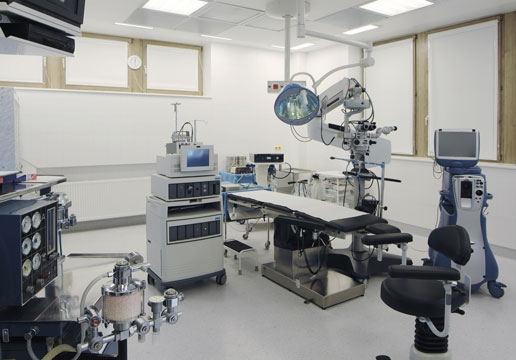Oral Surgery Instruments
Dental Instruments > Oral Surgery • Oral Surgeons
Elevators
Elevators are designed to loosen and lift teeth during the extraction process. Straight elevators are single-ended tools that loosen teeth from the periodontal ligaments and lift them from the socket, while luxating elevators are designed to cut periodontal ligaments or rock the tooth back and forth before extraction. Root elevators are used to loosen the root of posterior teeth and lift it from the socket. T-bar elevators are also used on posterior teeth, but are used to separate a tooth from the alveolus. Finally, root tip elevators lift and remove root fragments.Root Tip Picks
In difficult areas that root tip elevators can't reach, root tip picks can be used to lift and remove small root tips.Rongeurs
Rongeurs are used after tooth extraction, to trim, remove, or contour alveolar bone. Rongeurs come in various sizes and angles.Bone Files
After tooth extraction, the alveolar bone may need to be smoothed. A bone file, fitted with a straight-cut or crosscut cutting end, can do the job. Bone files come in a variety of sizes, angles, and shapes.Surgical Chisels and Mallets
If a tooth is difficult to remove, a surgical bibevel chisel can be used to section or split that tooth. Another type of surgical chisel, the single-bevel chisel, is used for contouring or removing alveolar bone. A surgical mallet is used to tap the surgical chisel.Forceps
Forceps are used to extract teeth, and come in many different varieties depending upon the tooth or teeth to be extracted. There are several different types of mandibular and maxillary forceps.
Copyright © 2013- Dental-Instruments.org. All rights reserved.
